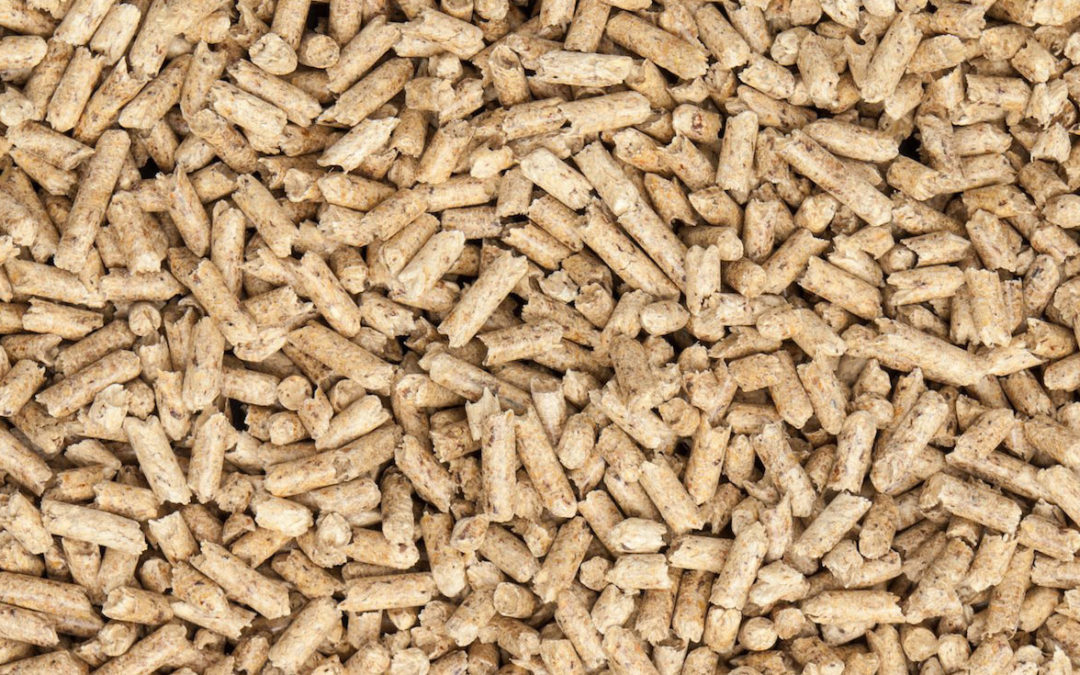The Art of Crafting Wood Pellets: From Forest to Fuel
In an era marked by growing environmental consciousness and the need to reduce reliance on fossil fuels, wood pellets have emerged as a sustainable alternative for heating and power generation. These small, cylindrical pellets are made from renewable biomass resources and are considered an eco-friendly choice for energy production. But have you ever wondered how these tiny powerhouses are created? In this article, we’ll take you on a journey through the fascinating process of making wood pellets.
Step 1: Sourcing Raw Material
The first and crucial step in pellet production is sourcing the right raw material, which primarily consists of wood. Manufacturers typically use waste wood from various sources, including sawmill residues, wood chips, shavings, and even forest thinnings. The choice of wood species can influence the pellet’s quality, with hardwoods like oak and maple often preferred due to their higher energy content.
Step 2: Wood Preparation
Once the raw material is collected, it undergoes a series of preparation steps. This typically involves debarking the wood to remove the outer layer and reducing the wood to small, uniform-sized pieces, usually in the form of chips or shavings. Smaller wood particles ensure a consistent pellet quality and burn rate.
Step 3: Drying
Wood pellets should contain only minimal moisture content to burn efficiently. To achieve this, the wood chips or shavings are dried in large rotary drum dryers. The drying process reduces the moisture content to around 10-12%, making the wood suitable for pelletization. Proper moisture levels are critical to prevent clumping and ensure a clean burn.
Step 4: Grinding
After drying, the wood material is ground into a fine powder using a hammer mill or similar equipment. This grinding process creates a uniform texture and facilitates the formation of compact pellets.
Step 5: Pelletization
The heart of the pellet production process is the pellet mill, a machine specifically designed for shaping the ground wood into pellets. Inside the pellet mill, the wood powder is compressed through small holes in a die, which gives the pellets their cylindrical shape. Heat and pressure generated during this process cause the lignin in the wood to act as a natural binding agent, holding the pellets together without the need for additives or chemicals.
Step 6: Cooling
Immediately after pelletization, the freshly formed pellets are hot and soft. They must be cooled rapidly to harden and maintain their shape. This is achieved by passing the pellets through a counter-flow cooler, which uses ambient air to reduce their temperature.
Step 7: Screening and Packaging
Once the pellets are sufficiently cooled, they go through a screening process to remove any fines or irregularly shaped pellets. This ensures that only high-quality pellets are packaged for sale. After screening, the pellets are packaged in bags or stored in bulk containers for distribution.
Conclusion
Wood pellet production is a meticulous process that transforms raw wood materials into an eco-friendly and efficient source of energy. From sourcing the right wood to the final screening and packaging, each step plays a vital role in creating high-quality wood pellets. As the world continues to seek sustainable energy alternatives, the production of wood pellets exemplifies how renewable resources can be harnessed to reduce our carbon footprint and contribute to a greener future.

